New Prehistoric Cat Species Discovered in Spain | Sci.News (www.sci.news)

An Ancient Woolly Mammoth Left a Diary in Her Tusk (www.nytimes.com)
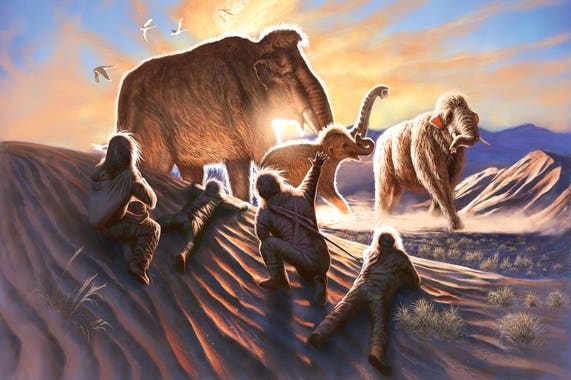
This is the oldest fossilized reptile skin ever found — it pre-dates the dinosaurs (www.nature.com)

Fossilized, crocodile-like skin is oldest ever discovered, scientists say (www.nbcnews.com)

New dinosaur species may be closest known relative of Tyrannosaurus rex (phys.org)
A new species of tyrannosaur from southern North America that may the closest known relative of Tyrannosaurus rex is described in a study published in Scientific Reports....

New research sheds light on an old fossil, solving an evolutionary mystery (phys.org)
A new research paper published in Biology Letters has revealed that picrodontids—an extinct family of placental mammals that lived several million years after the extinction of the dinosaurs—are not primates as previously believed....

23 million-year-old petrified mangrove forest discovered hiding in plain sight in Panama (www.livescience.com)
An ancient mangrove forest with trees that towered up to 130 feet high has been discovered over 20 million years after a volcanic mudflow smothered it in what is now Panama, a new study reveals....
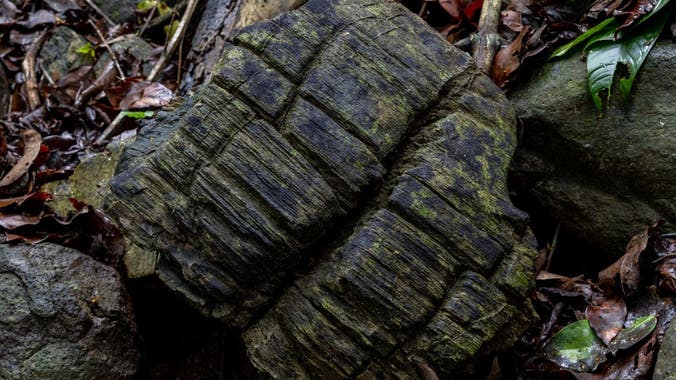
'Giant' predator worms more than half a billion years old discovered in North Greenland (phys.org)

Coal miners in North Dakota unearth a mammoth tusk buried for thousands of years (phys.org)
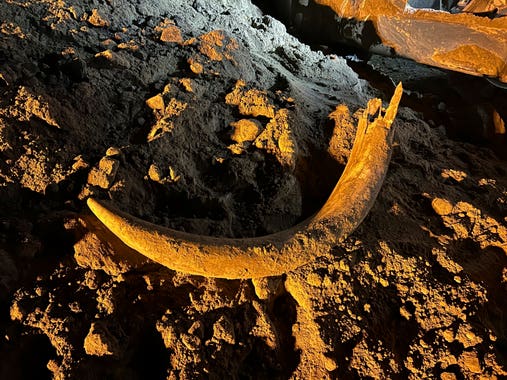
‘Giant’ predator worms more than half a billion years old discovered in North Greenland (www.bristol.ac.uk)
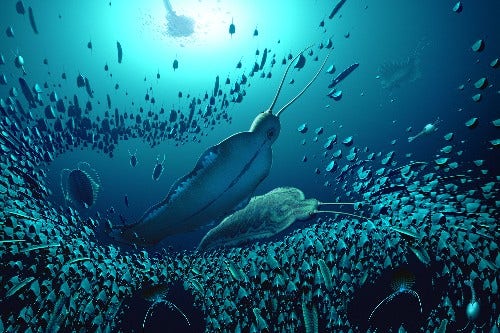
Africans discovered dinosaur fossils long before the term 'paleontology' existed, researchers say (phys.org)
Credit for discovering the first dinosaur bones usually goes to British gentlemen for their finds between the 17th and 19th centuries in England. Robert Plot, an English natural history scholar, was the first of these to describe a dinosaur bone, in his 1676 book The Natural History of Oxfordshire. Over the next two centuries...
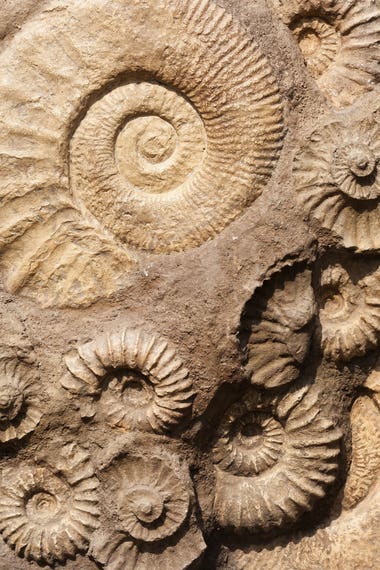
'Giant' predator worms more than half a billion years old discovered in North Greenland (phys.org)
Fossils of a new group of animal predators have been located in the Early Cambrian Sirius Passet fossil locality in North Greenland. These large worms may be some of the earliest carnivorous animals to have colonized the water column more than 518 million years ago, revealing a past dynasty of predators that scientists didn’t...

New research shows 'juvenile' T. rex fossils are a distinct species of small tyrannosaur (phys.org)
A new analysis of fossils believed to be juveniles of T. rex now shows they were adults of a small tyrannosaur, with narrower jaws, longer legs, and bigger arms than T. rex. The species, Nanotyrannus lancensis, was first named decades ago but later reinterpreted as a young T. rex....

Early primates likely lived in pairs, research suggests (phys.org)
Primate social organization is more flexible than previously assumed. According to a new study led by University of Zurich, the first primates probably lived in pairs, while only around 15% of individuals were solitary....

The ancient diseases that plagued the dinosaurs (www.bbc.com)

Why was the name 'Brontosaurus' brought back from the dead? (www.livescience.com)
The biggest animals ever to have walked on Earth were the long-necked, long-tailed dinosaurs known as sauropods, and the most famous of these giants was likely Brontosaurus, the “thunder lizard.” For more than a century, scientists stopped using the genus name Brontosaurus, but in 2015, researchers suggested it was time to...

Stones worshipped by Indian villagers turn out to be dinosaur eggs (news.yahoo.com)
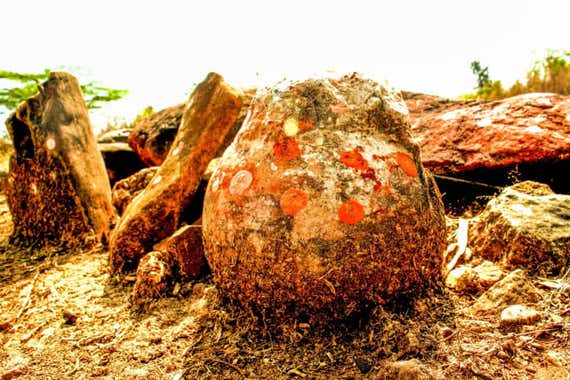
Unusual ancient elephant tracks had our team of fossil experts stumped—how we solved the mystery (phys.org)
Over the past 15 years, through our scientific study of tracks and traces, we have identified more than 350 fossil vertebrate tracksites from South Africa’s Cape south coast. Most are found in cemented sand dunes, called aeolianites, and all are from the Pleistocene Epoch, ranging in age from about 35,000 to 400,000 years....

Rare museum specimen reveals new insights into how trilobites curled themselves into a ball (phys.org)
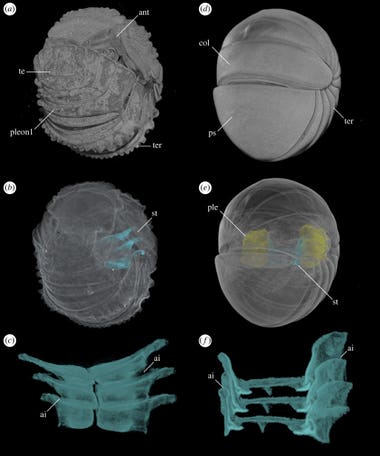
Poisonous gas wave may have snuffed out half of all sea life in Earth's 1st mass extinction (www.livescience.com)

First-Ever: 3.5 Million-Year-Old Megalodon Tooth Found Undisturbed on Deep-Sea Floor (www.sciencealert.com)
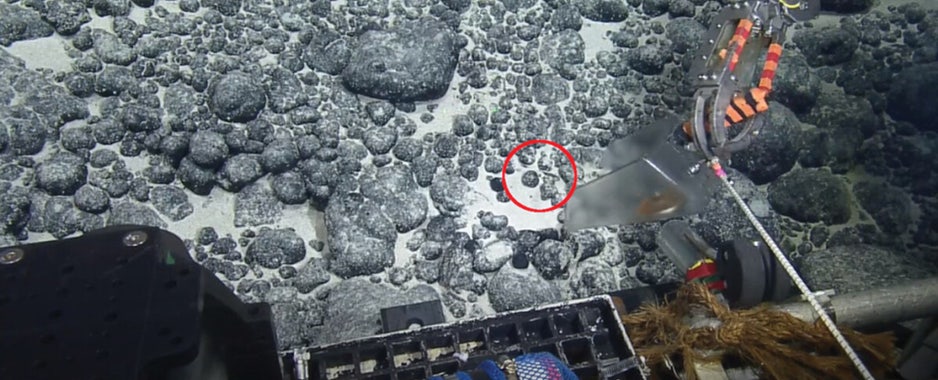
A 19-million-year-old fossil jaw bone hints the biggest whales first evolved somewhere unexpected (phys.org)
Baleen whales are the titans of the ocean, the largest animals to have ever lived. The record holder is the blue whale (Balaenoptera musculus), which can reach lengths of up to 30 meters. That’s longer than a basketball court....

Coal miners lead paleontologists to partial mammoth fossil in North Dakota (www.cbsnews.com)
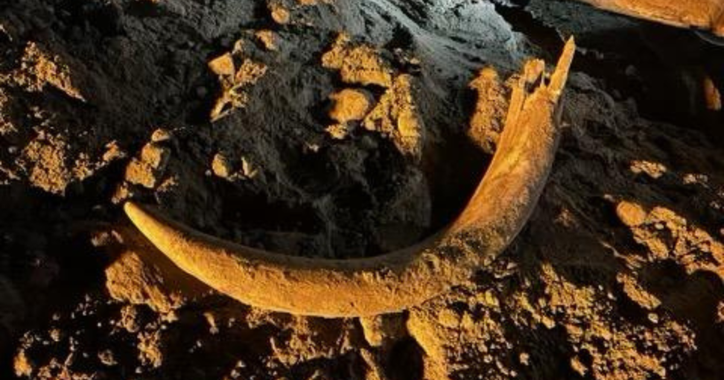
Study provides insights into diets of early primates (phys.org)
Turns out our love of sweet food goes back—way back—to our early primate ancestors, a University of Otago-led study has found....
